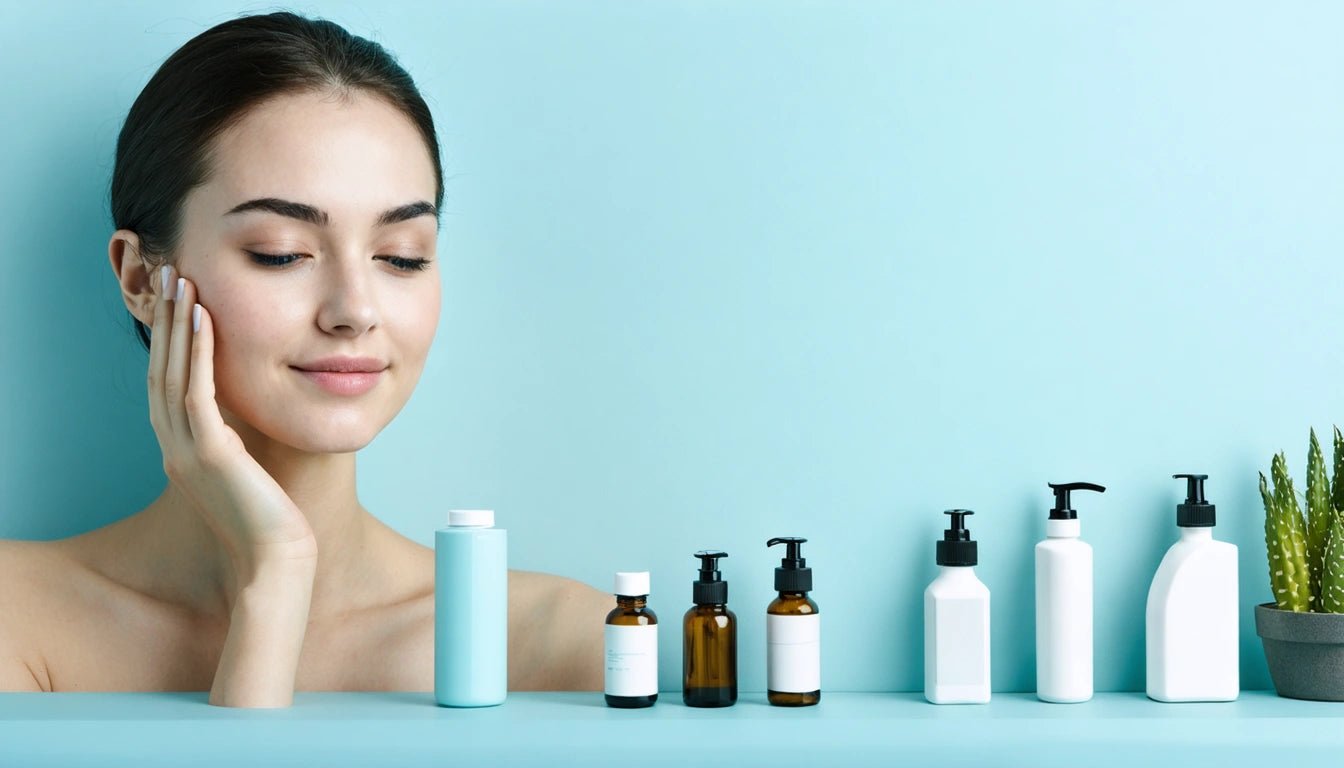Table of Contents
Understanding Optiphen: Comparing Optiphen and Optiphen Plus in Skincare Formulations
In the world of skincare formulation, preservatives play a crucial role in maintaining product integrity and safety. Among the various preservative options available, Optiphen and Optiphen Plus have gained popularity as paraben-free alternatives. Understanding the differences between these preservatives is essential for formulators aiming to create effective, stable, and safe skincare products.
What is Optiphen? Understanding the Basics
Optiphen is a liquid preservative blend consisting of phenoxyethanol and caprylyl glycol. This preservative system offers broad-spectrum protection against bacteria, yeast, and mold, making it a versatile option for various skincare formulations. As a paraben-free and formaldehyde-free preservative, Optiphen addresses consumer concerns about these controversial ingredients while still providing effective preservation.
The typical usage rate for Optiphen ranges from 0.75% to 1.5% of the total formulation weight. This preservative works best in formulations with a pH range of 4-8, making it suitable for many skincare products. Similar to how polysorbates function in emulsions, Optiphen helps maintain product stability but serves the distinct purpose of preventing microbial growth.
Optiphen vs Optiphen Plus: Key Differences
While both preservatives share similar names, Optiphen and Optiphen Plus have distinct compositions and applications. Understanding these differences is crucial for selecting the right preservative for your formulation.
Composition Differences
- Optiphen: Contains phenoxyethanol (and) caprylyl glycol
- Optiphen Plus: Contains phenoxyethanol (and) caprylyl glycol (and) sorbic acid
The addition of sorbic acid in Optiphen Plus enhances its effectiveness against certain microorganisms, particularly in more challenging formulations. This makes Optiphen Plus a more robust option for products with higher water content or those at risk of contamination.
pH Compatibility
- Optiphen: Effective in pH range 4-8
- Optiphen Plus: Most effective in pH range 4-6
The narrower effective pH range of Optiphen Plus is an important consideration when formulating products. Formulators must ensure their product's pH falls within this range to maintain preservative efficacy.
Formulation Considerations When Using Optiphen Preservatives
Several factors influence the effectiveness of Optiphen and Optiphen Plus in skincare formulations. Careful consideration of these factors ensures optimal preservative performance.
Solubility and Incorporation
Both Optiphen and Optiphen Plus are oil-soluble preservatives, which affects how they should be incorporated into formulations. For oil-in-water emulsions, these preservatives are typically added to the oil phase before emulsification. In water-based formulations, they require proper solubilization, similar to how different types of olive oils need specific incorporation methods based on their composition.
Temperature Sensitivity
Both preservatives are heat-sensitive and should be added during the cooling phase of formulation, typically below 60 °C (140 °F). Adding these preservatives at higher temperatures may reduce their efficacy and stability.
Product Compatibility and Limitations
Understanding which formulations work best with each preservative system helps formulators make informed decisions.
Optiphen Compatibility
Optiphen works well in:
- Oil-in-water emulsions
- Water-in-oil emulsions
- Anhydrous formulations
- Products with moderate water content
However, Optiphen may not provide sufficient protection in formulations with high water content or those containing challenging ingredients like botanical extracts.
Optiphen Plus Compatibility
Optiphen Plus is particularly effective in:
- Water-based formulations
- Products with high water content
- Formulations containing botanical extracts
- Products requiring robust preservation
The addition of sorbic acid makes Optiphen Plus more effective in challenging formulations, but its narrower pH range limits its application in certain products.
When selecting packaging for preserved formulations, considerations similar to those discussed for high-quality packaging materials used in premium products apply, as proper packaging helps maintain preservative efficacy throughout the product's shelf life.
Best Practices for Incorporating Optiphen in Skincare Products
To maximize the effectiveness of Optiphen and Optiphen Plus, formulators should follow these best practices:
Testing and Validation
Always conduct preservative efficacy testing (PET) to ensure your preservation system is working effectively. This testing challenges the formulation with various microorganisms to verify that the preservative can prevent their growth over time.
Synergistic Approaches
Consider using complementary preservation methods alongside Optiphen or Optiphen Plus. These may include:
- Adjusting the product's water activity
- Incorporating natural antimicrobial ingredients
- Using antioxidants to prevent oxidation
- Implementing airless packaging to minimize contamination
Similar to how annatto seeds provide multiple benefits beyond their primary purpose, these complementary approaches enhance overall product stability and safety.
Formulation Tips
- For Optiphen: Consider adding at 1% for most formulations, increasing to 1.5% for more challenging products
- For Optiphen Plus: Start at 0.75% for basic formulations, increasing as needed based on PET results
- Monitor pH throughout the formulation process to ensure compatibility
- Consider the impact of other ingredients on preservative efficacy
Future Developments in Preservation Systems for Natural Skincare
The skincare industry continues to evolve toward more natural and sustainable preservation systems. While Optiphen and Optiphen Plus represent significant improvements over parabens and formaldehyde-donors, future developments may introduce even more natural alternatives.
Emerging trends include preservation systems based on fermentation derivatives, antimicrobial peptides, and multifunctional ingredients that provide preservation alongside other benefits. These innovations aim to address consumer demands for "cleaner" formulations while maintaining product safety and stability.
Understanding what is Optiphen and the differences between Optiphen vs Optiphen Plus provides formulators with valuable knowledge for creating effective, safe, and consumer-friendly skincare products. By carefully considering formulation requirements, product characteristics, and target markets, formulators can select the most appropriate preservation system for their specific needs.



















